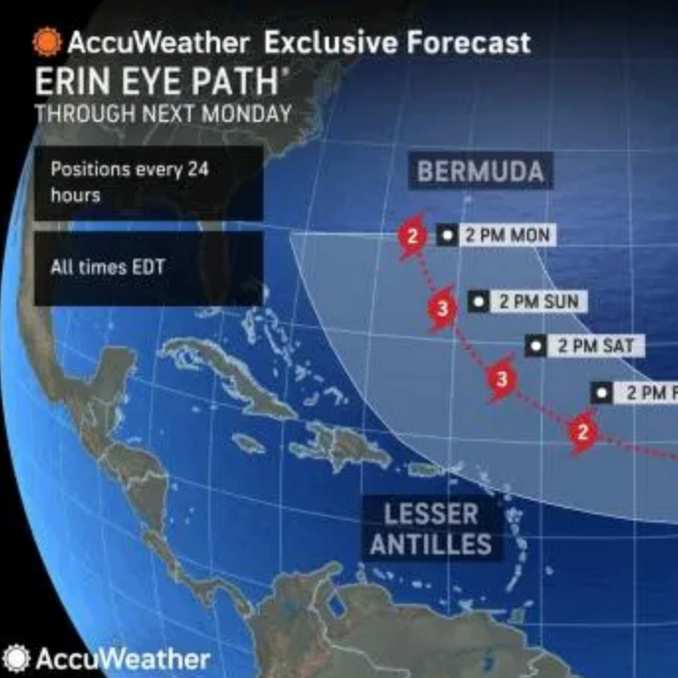Broad Evidence Rule Demystified: The Role of Weighted Factors in ACV
The Role of Weighted Factors in Actual Cash Value Settlements

The Broad Evidence Rule allows (and encourages) adjusters, appraisers, and courts to consider all relevant information that reflects the property’s true value at the time of loss, not just a formulaic depreciation of replacement cost. Since no single valuation method perfectly reflects real-world value in every case, weighting helps reconcile different indicators of value in a balanced and fair way.
Why Use Weighted Averages?
Because replacement cost less depreciation (ACV) and fair market value (FMV) often yield very different numbers, especially in cases of:
- Market depression or localized blight
- Older homes with outdated systems (functional obsolescence)
- Homes in declining or unstable neighborhoods (economic obsolescence)
- Overinsured properties
- Properties with high RCV but low resale value
- Properties with particularly high regional resale value which may exceed ACV reconstruction costs
In these scenarios, simply relying on one figure (ACV or FMV) risks either overpaying or under-indemnifying the policyholder.
Weighting allows for:
- A more accurate reflection of economic reality
- Transparency in how ACV is calculated
- A defensible position if the claim is challenged, litigated, or appraised
How to Apply Weighted Averages in BER
You assign a percentage weight to each valuation input (e.g., Depreciated RCV and Market Value) based on how strongly you believe it reflects the property’s value.
Common Inputs & Their Weights:
Logic Behind Methodology: What the Weights Represent
The weights reflect the relevance and reliability of each value in the context of indemnity. Here’s the reasoning behind that:
- Depreciated RCV is based on the assumption that the insured will want or need to restore or replace the property. It reflects reconstruction cost, not resale value.
- Useful when: the structure is insurable, functional, and likely to be replaced.
- FMV reflects the property’s value in the open market, taking into account all externalities (location, demand, age, neighborhood conditions).
- Useful when: the property is old, functionally obsolete, or located in an economically depressed area.
- Certain factors can also support a higher Actual Cash Value (ACV) under the broad evidence rule when: Properties or items with special utility, regional or historical value, particularly in unique or high-end properties. Additionally, income-producing real estate or property with measurable income potential (using the capitalized income method) can result in a higher ACV than would be calculated using standard replacement cost less depreciation.
- The weighting allows ACV to reflect real indemnity, not just a theoretical rebuild or sale, but what the insured has actually lost.
Example Calculation with Explanation
Scenario:
- RCV = $500,000
- Depreciation = $75,078
- → ACV = $424,922
- FMV = $168,000
You assess:
- The home is old, with dated systems (functional obsolescence).
- The neighborhood has limited sales activity and low buyer interest (economic obsolescence).
- The likelihood of full replacement is low.
So, you apply:
- 70% weight to ACV: because it reflects actual rebuild cost (less depreciation)
- 30% weight to FMV: to account for economic reality in the market
BE ACV = (70% × $424,922) + (30% × $168,000)
= $297,445 + $50,400
= $347,845
This reflects a balanced loss value that protects the insurer from overpayment, while fairly compensating the insured for what they’ve actually lost, factoring in both cost to replace and value in the market.
Another Example Calculation:
A 100-year-old historic brownstone in a high-demand urban neighborhood may cost $500,000 to rebuild, with depreciation reducing its RCV to $350,000.
But if comparable properties in the same area are selling for $700,000, and there are no signs of functional or economic obsolescence, the broad evidence rule may justify an ACV closer to that $700,000 market value.
Let’s consider a property with the following valuation inputs:
| Value Type | Typical Weight | Why You Might Adjust |
|---|---|---|
| Depreciated RCV (ACV) | 50–80% | Stronger if the home is modern, insurable, in good condition, or replacement is likely |
| Market Value (FMV) | 20–50% | Heavier if the property is hard to sell, outdated, in poor area, or in distress |
| Other Evidence (e.g., appraisal, income analysis) | 0–20% | Only if highly relevant (e.g. rental property, estate appraisal, etc.) |
| Value Type | Value | Weight (%) | Weighted Value |
|---|---|---|---|
| Replacement Cost (RCV) | $500,000 | - | - |
| Depreciation (30%) | -$150,000 | - | - |
| Depreciated RCV (RCV - Dep.) | $350,000 | 50% | $175,000 |
| Market Value | $700,000 | 40% | $280,000 |
| Income Capitalization (e.g., based on rent roll/net income) | $600,000 | 10% | $60,000 |
ACV = (Depreciated RCV × 50%) + (Market Value × 40%) + (Income Value × 10%)
ACV = ($350,000 × 0.50) + ($700,000 × 0.40) + ($600,000 × 0.10)
ACV = $175,000 + $280,000 + $60,000 = $515,000
= $515,000
This is $165,000 higher than the depreciated replacement cost of $350,000, due to the influence of market and income factors, which are appropriately weighted under the broad evidence rule.
Final Thoughts
Weighted totals are not rigid formulas, they are reasoned conclusions supported by:
- Market conditions
- Policy language
- Case law in your jurisdiction
- Experience and professional judgment
In states that follow the broad evidence rule, understanding it allows you to clearly justify how you arrived at a particular ACV and adds credibility to your valuation, especially in contentious or litigated claims. Mastering the proper application of this rule, including the use of weighted factors, is an advanced skill that adjusters should develop to ensure they are delivering fair, defensible, and optimal outcomes for their clients.
Brian Evans is the CEO of Eastern Public LLC, a leading insurance claims and risk management firm based in New York City. A recognized authority in the field, Brian is a court-certified expert witness and a court-appointed insurance appraisal umpire. He also serves as an officer of the National Association of Public Insurance Adjusters and as Vice President of the New York Public Adjusters Association. For more information visit www.EasternPublic.com








